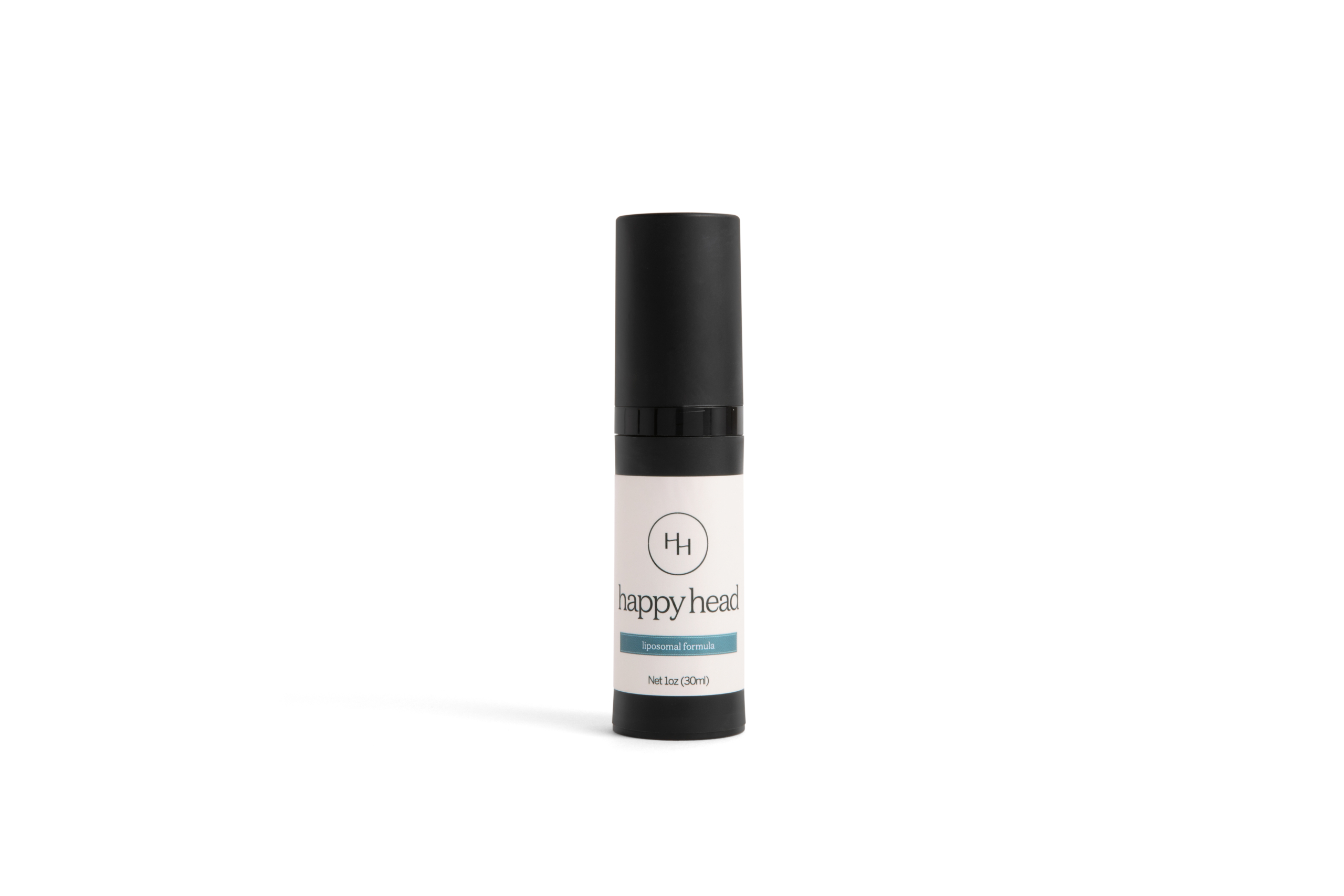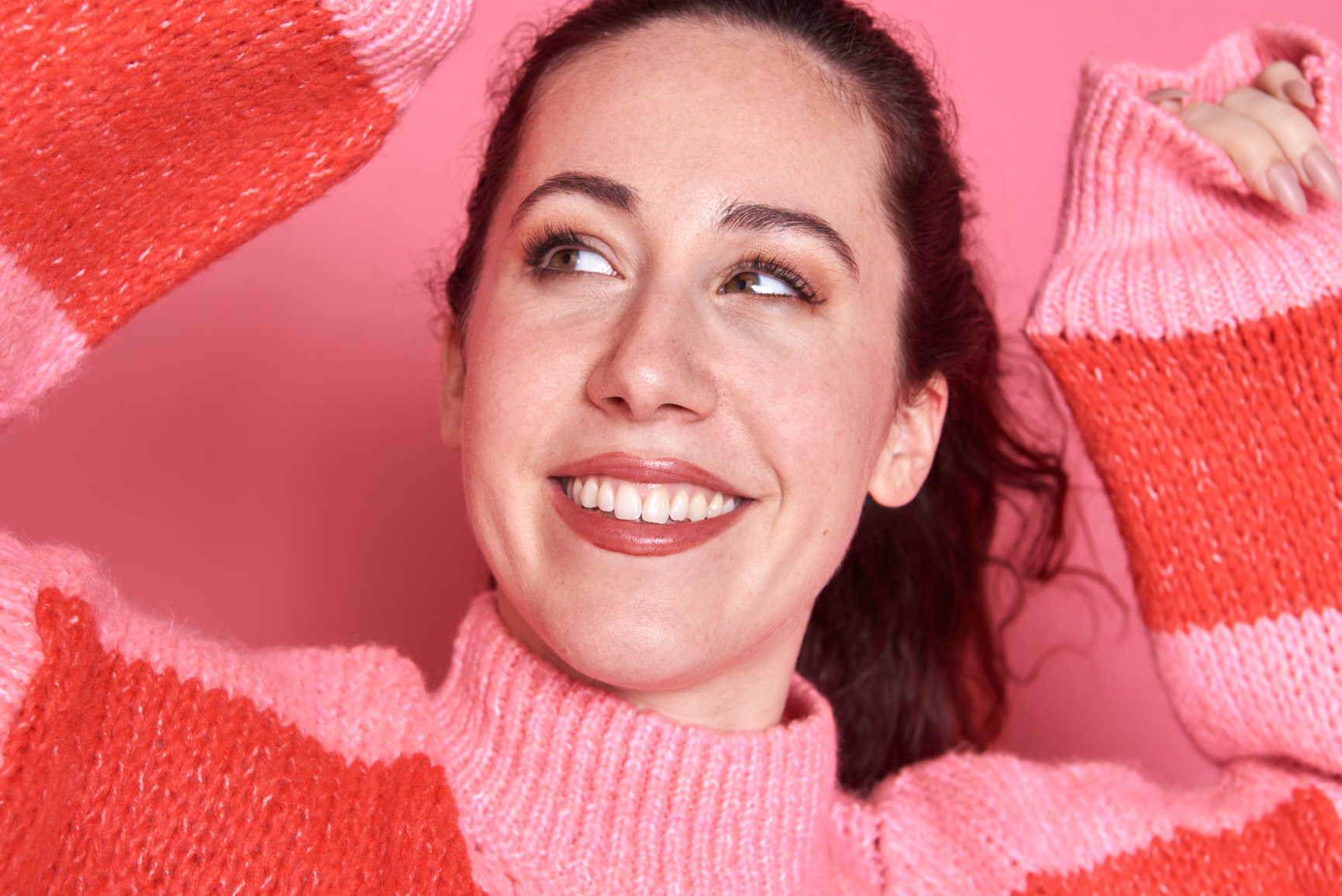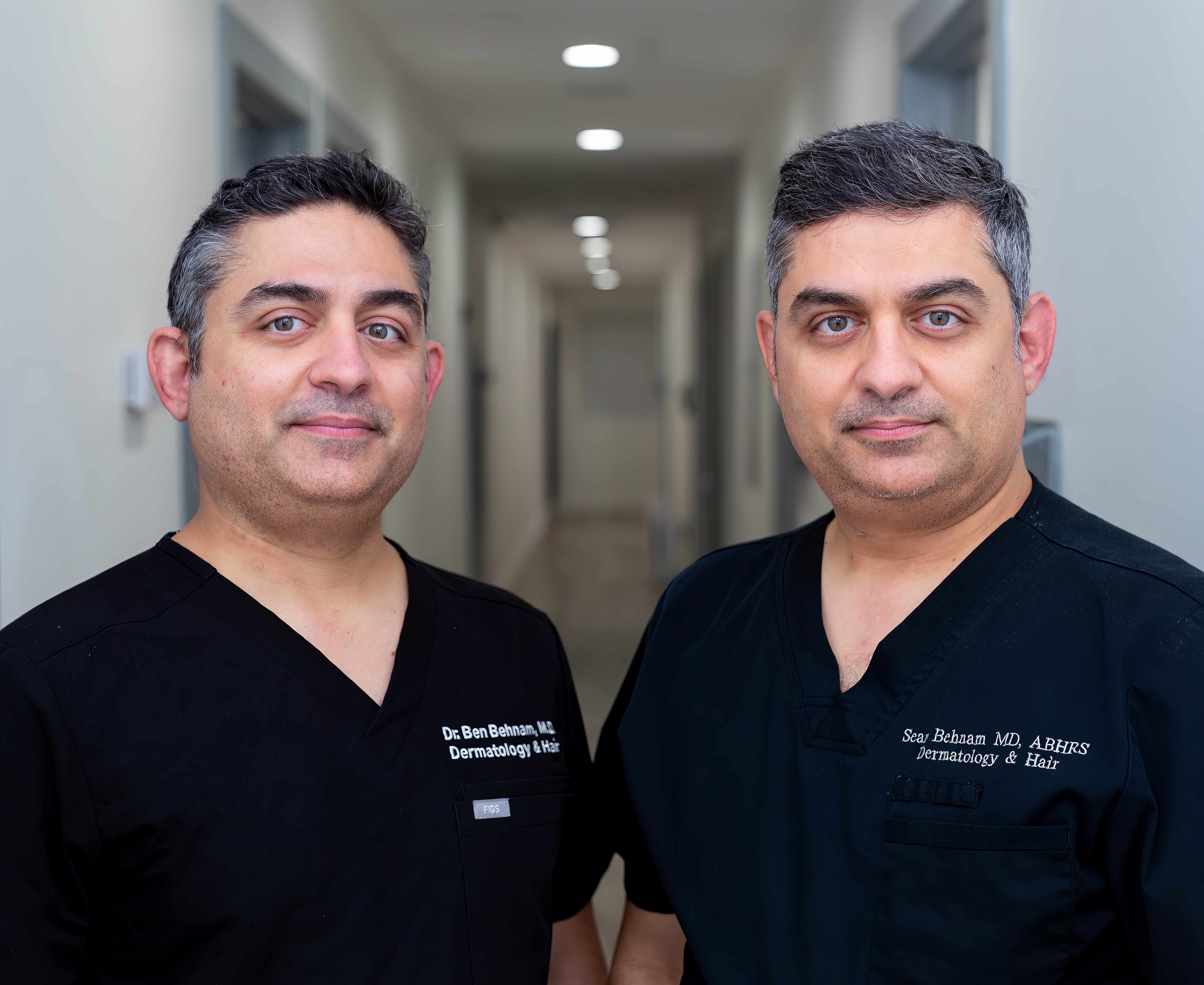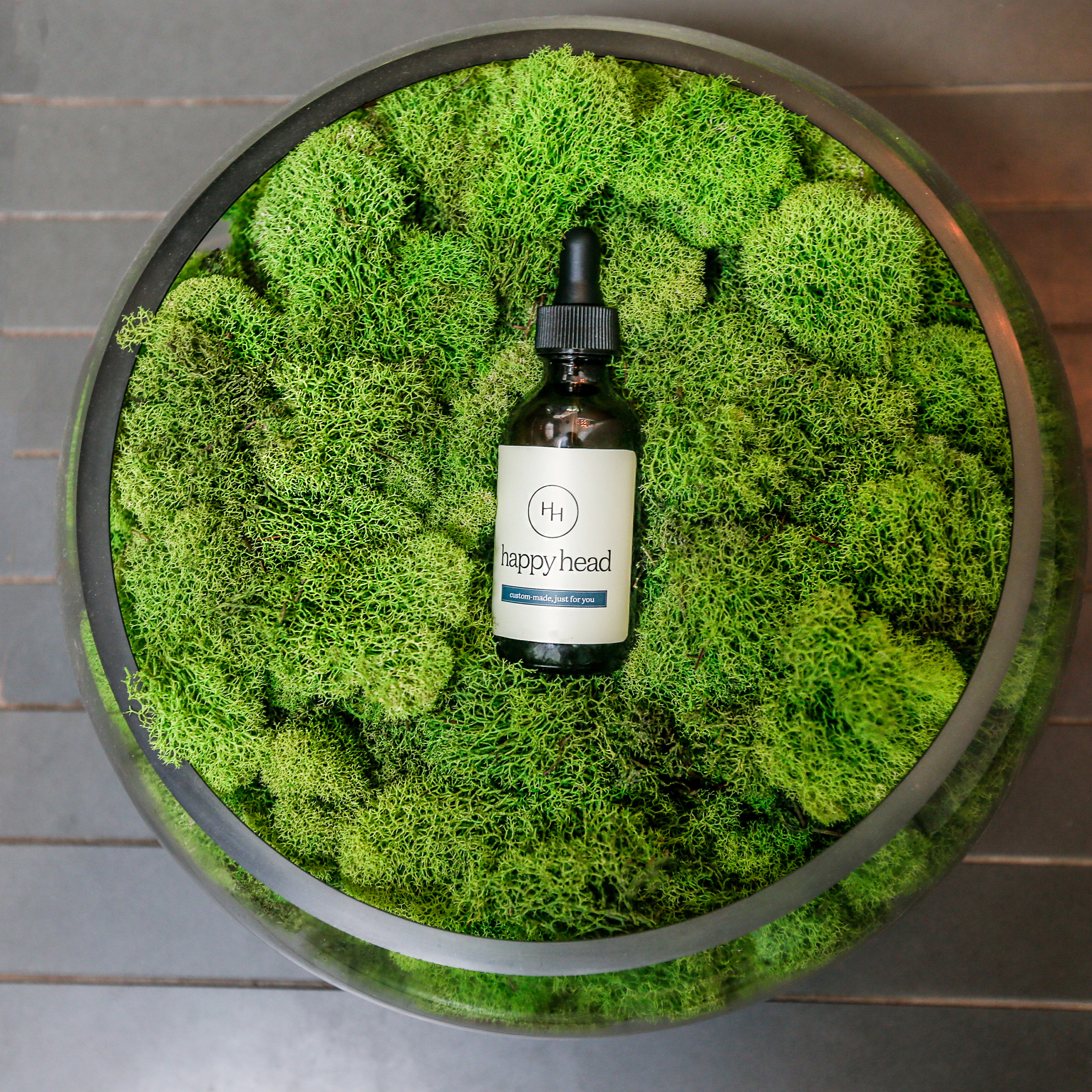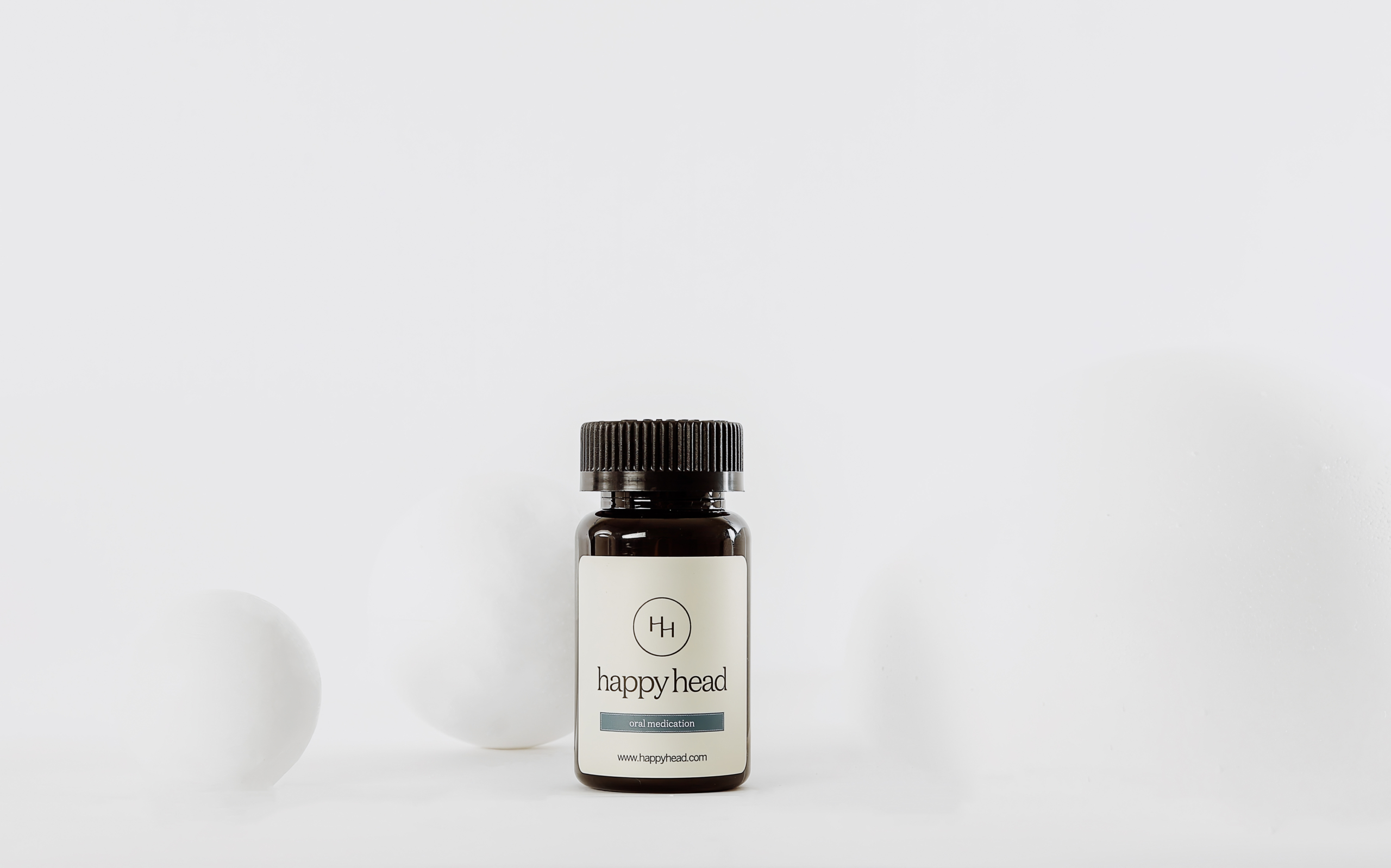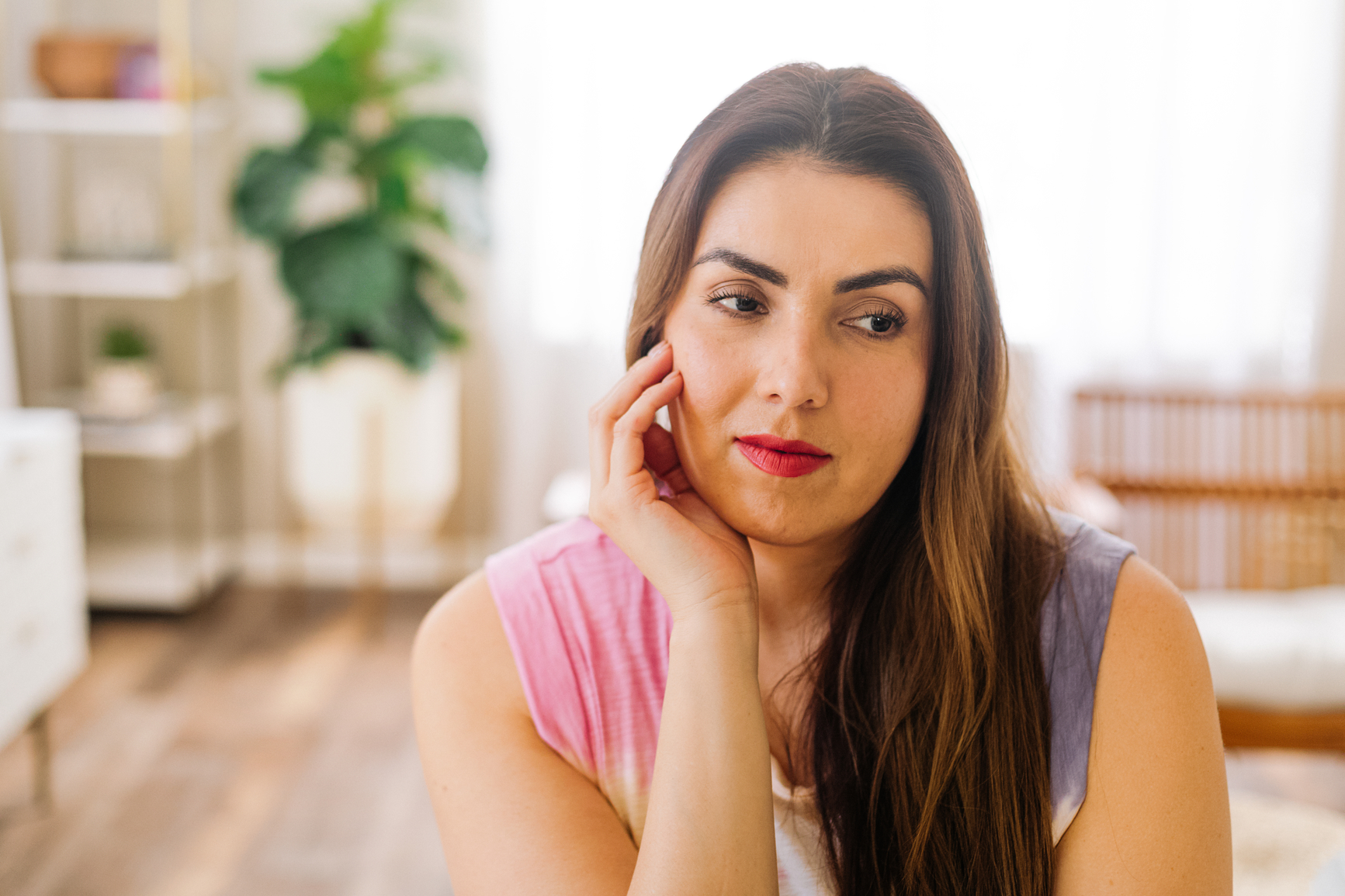Ask an Expert: Can I Combine Hair Growth Treatments
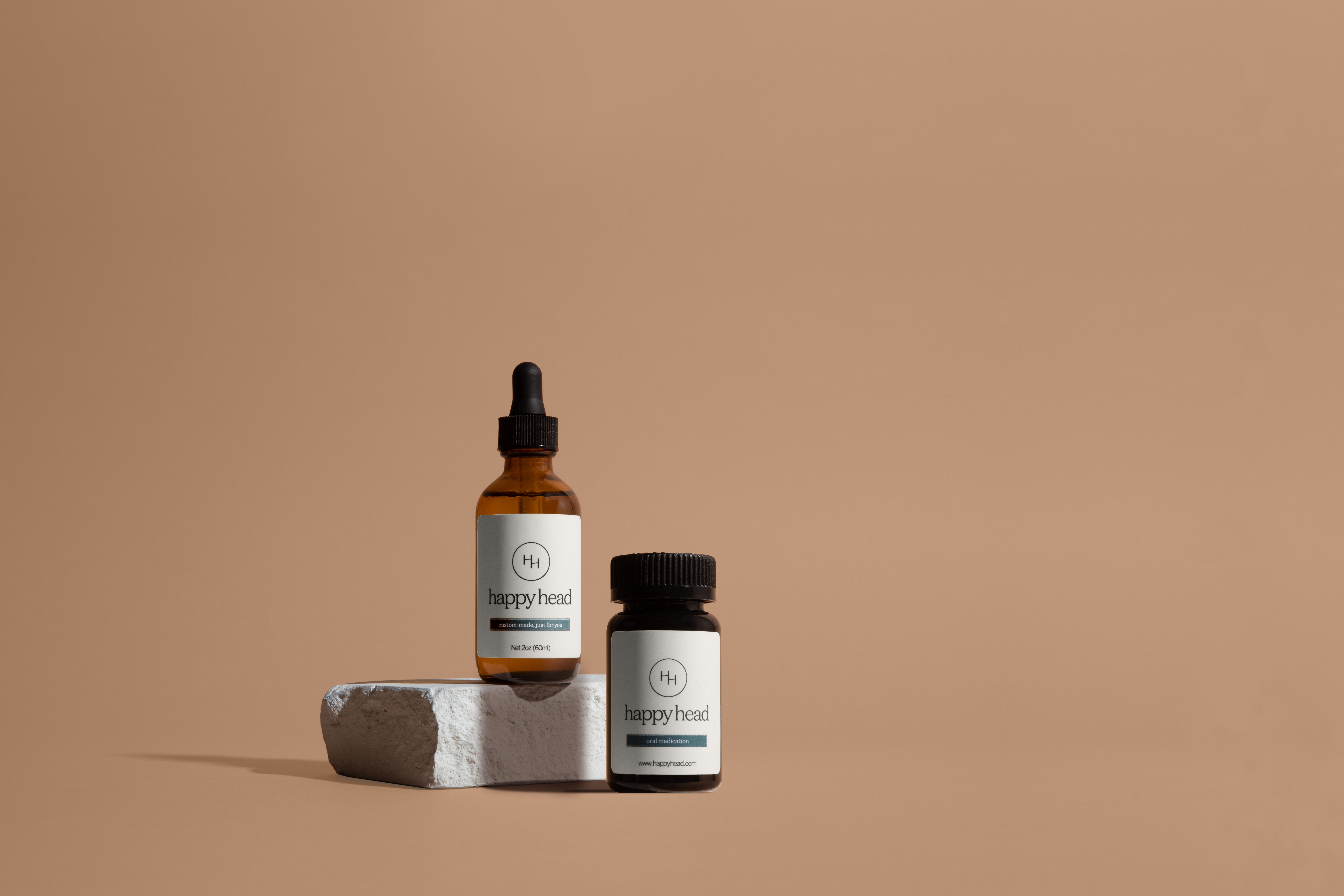
If you’ve been dealing with hair loss, you may have gone down a research rabbit hole to find treatment options. And, if you’re confused by all of the choices out there, you’re not alone. There are so many! Do you have to choose just one, or can you mix and match different hair growth treatments? Are two or three formulas more effective than one? Are side effects more likely? Since so many customers were asking the same questions, we asked our expert, Dr. Ben Behnam, renowned dermatologist and co-founder of Happy Head hair growth treatments, his opinion. Here’s what he tells patients when they ask, “Can I combine hair growth treatments?”
Your Hair Growth Treatment Options: Oral and Topical
Before we answer frequently asked questions about combining medications, let’s talk about the options out there. First, it’s no secret that there plenty of over-the-counter (OTC) hair loss foams, creams, and supplements are out there. Are they just as good as prescription medications? While many OTC hair loss products include tested and proven ingredients, prescription medications are available in higher doses. For example, Minoxidil is available OTC in 2 and 5 percent liquids and foams. You’ll need a prescription, though, to get higher eight or ten percent topical dosages,
Then, there’s the oral versus topical debate. Which to use often comes down to personal preference. Topical medications have been proven to be equally as effective as oral medications when used at recommended dosages.
Since topicals aren’t ingested, systemic side effects aren’t typically an issue. If irritation becomes an issue, cortisone or switching to a liposomal formula should solve the problem. Topicals with a liposomal base release medication into the hair follicles gradually, minimizing potential side effects. People concerned about sexual side effects associated with Finasteride, Dutasteride, and other DHT blockers may prefer topicals.
People who don’t want to apply liquids or creams a couple of times a day may prefer oral pills. Orals are an easy-to-take, no-mess option. Since they are ingested, however, they can cause systemic side effects.
Benefits of Combining Topical and Oral Medications for Hair Growth
Let’s circle back to where we started. Can you combine topical and oral medications? The answer is, “yes.”
Dr. Ben likes to call this technique “sandwiching.” Sandwiching by mixing topical and oral hair loss medications helps attack hair loss from multiple angles. Here’s how it works:
Start With Minoxidil
Minoxidil is a vasodilator. That’s a fancy way to say that it widens your blood vessels, increasing oxygen, nutrients, and growth factors. Topical Minoxidil is absorbed into your skin and penetrates the epidermis to reach the hair follicles. Ingested oral Minoxidil works similarly to topical but can affect other blood vessels in your body, too, since it’s systemic. Both topical and oral Minoxidil affect your hair growth cycle. Minoxidil shortens the resting phase when hair stops growing, falls out, and kicks more hair follicles into the growth phase. The result is less hair loss and longer hair growth.
So, for the sake of this article, let’s say that you read that 61 to 100 percent of patients with androgenetic alopecia (male and female pattern hair loss) who took 0.25 to 0.5 milligrams of oral Minoxidil saw significant improvement. (01) And you decide to give oral Minoxidil a try. What else can you use to treat your hair loss?
Add a DHT Blocker
DHT is the villain that causes androgenetic alopecia by attaching to your hair follicle’s receptors and signaling them to shrink. When that happens, the follicles produce thinner and shorter hair strands. Over time, the weak follicles may stop producing hair altogether. Enter DHT blockers.
DHT blockers are medications that prevent testosterone from converting to a hormone called Dihydrotestosterone (DHT for short). The most well-known DHT blockers are Finasteride and Dutasteride. Finasteride selectively inhibits type II 5-alpha-reductase enzyme. Targeting this enzyme can help slow down hair loss. Dutasteride inhibits both type 1 and type II of the 5-alpha-reductase enzyme. Because it’s more broad spectrum, it can be more effective at reducing DHT levels in some people, especially those who do not get the desired response from Finasteride.
Finasteride and Dutasteride are both available orally and topically. Since you’ve already decided to take oral Minoxidil and may not want to take too many systemic medications simultaneously, you can choose to use topical Finsteride or Dutasteride simultaneously.
Note: Looking to get an extra boost out of your DHT blocker? As long as your dermatologist is on board, you can use the same oral and topical DHT blocker, including Finasteride and Dutsteride, simultaneously.
Spironolactone is Another Option for Women
Spironolactone is another type of DHT blocker. It stops the effects of the hormone aldotestosterone that is produced in the adrenal glands. It also blocks DHT, which makes it a popular androgenetic alopecia treatment. Oral Spironolactone is usually only prescribed to women since it can cause breast enlargement. Topical is safe and effective for both men and women. Research indicates that Spironolactone’s efficacy improves when combined with Minoxidil. (02) So, if you’re looking for a treatment to pair up with Minoxidil, Sprionlactone may be a good option.
Creating a Hair Growth Treatment That Works for You
There isn’t one surefire treatment that works across the board for everyone. Hair loss treatments can be combined in many different ways, and it may take some experimenting to see which combo works best for you. Here are some tips that will help you throughout your hair regrowth journey:
- Start with a personalized treatment plan. A board-certified dermatologist can evaluate your hair loss and recommend the right medications for you.
- Track your progress by taking photos around the same time each month. Your regimen can be adjusted as needed.
- Manage your stress. Hair is sensitive to your overall well-being. Both short-term and chronic stress can affect your tresses. Go for a walk, listen to your favorite song, get a massage, talk to a therapist… do whatever it takes to keep your head in the right place.
- Eat well. Your hair gets its nutrients from your body. The better you feed your body, the healthier your hair will be.
- Take care of your hair. Use gentle shampoo and conditioner, avoid heat styling, and get regular trims.
Let’s recap. Not only can hair growth treatments be combined, it’s often recommended. Since the most effective hair loss treatments are only available by prescription, you’ll need to consult with a dermatologist who specializes in hair loss. Both oral and topical medications are equally as effective. Depending upon your medical history and personal preferences, you may have some flexibility with the type of hair loss medication you choose. Common combinations are Minoxidil with some type of DHT blocker. Oral and topical DHT blockers can often be used at the same time as well.
If you’re looking for help with your treatment plan, look no further. Happy Head is here to help. Our hair growth specialists, licensed dermatologists located in every state, are available to review your case and make recommendations. You can get customized formulas delivered directly to your front door. Have any questions? Get in touch. We’re here to support you on your hair growth journey.
Resources:
(01) https://link.springer.com/article/10.1007/s13659-020-00267-9
(02) https://www.ncbi.nlm.nih.gov/pmc/articles/PMC10010138/


